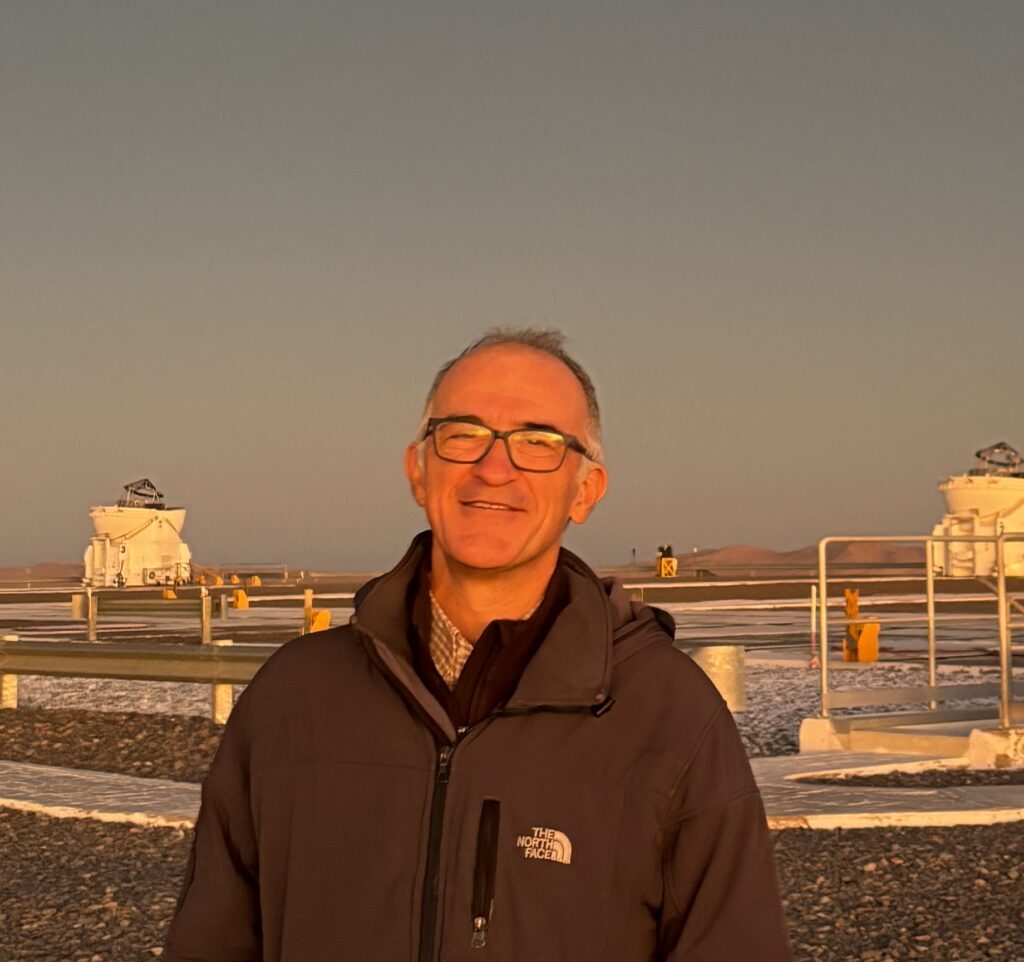Cosmic Duets and Where to Find Them
Remote link connection: https://meet.google.com/cpy-zefj-ppc
Supermassive black hole (SMBH) merger events are the source of the gravitational wave (GW) background detected by pulsar timing arrays (PTAs) and will produce the brightest events detectable by LISA. Along with accretion, merging represents one of the primary channels for black hole growth, and the relative significance of these two mechanisms remains a subject of ongoing debate. Particularly intriguing is how merging is often invoked to explain the presence of massive black holes at very high redshifts.
Cosmic duets—pairs of active galactic nuclei (AGN) at kpc separations within a common host galaxy—represent the precursors to SMBH mergers. These systems provide critical insights into the abundance and properties of merging black holes. Studying these systems is of great importance for several reasons: 1) predicting LISA/PTA GW event rates and background levels; 2) providing astrophysical interpretation of GW data; 3) testing many previously unverified predictions of galaxy and black hole formation and co-evolution models; 4) understanding the role of galaxy mergers in triggering AGN activity; and 5) understanding the role of merging in SMBH growth.
I will present a large observational project currently underway to detect and study the properties of a substantial sample of distant duets at sub-arcsec separations. We select candidates using high-resolution imaging from Gaia and Euclid, and classify these systems using spatially resolved spectroscopy from several space- and ground-based, adaptive optics-assisted instruments, including one VLT/MUSE large program. I will present the current status of the project and some early results on the physical properties of these systems.

Filippo Mannucci è dirigente di ricerca presso l’Istituto Nazionale di Astrofisica. È stato direttore dell’Osservatorio Astrofisico di Arcetri a Firenze dal 2011 al 2017.
Dopo la laurea in fisica ed in dottorato di ricerca in astronomia presso l’Universita’ di Firenze, ha lavorato presso il Max-Planck Institute di Heidelberg in Germania. I campi di studio principali sono l’evoluzione degli elementi chimici nelle galassie, le supernovae, e i buchi neri supermassici.
